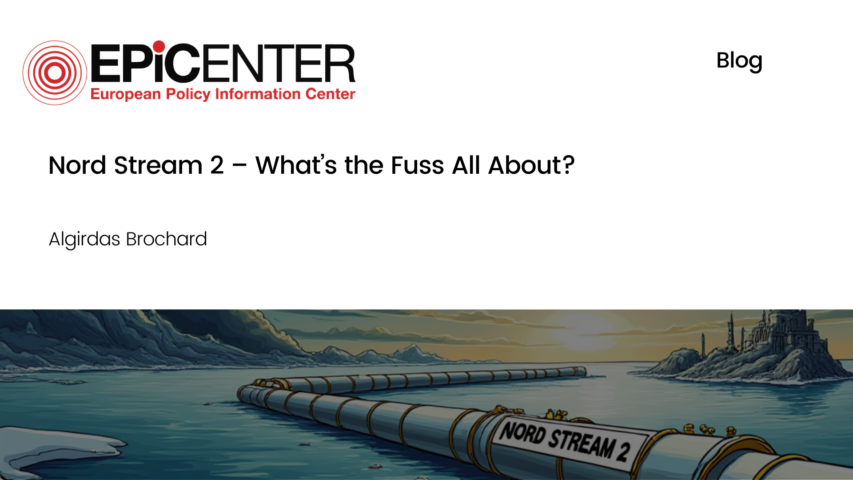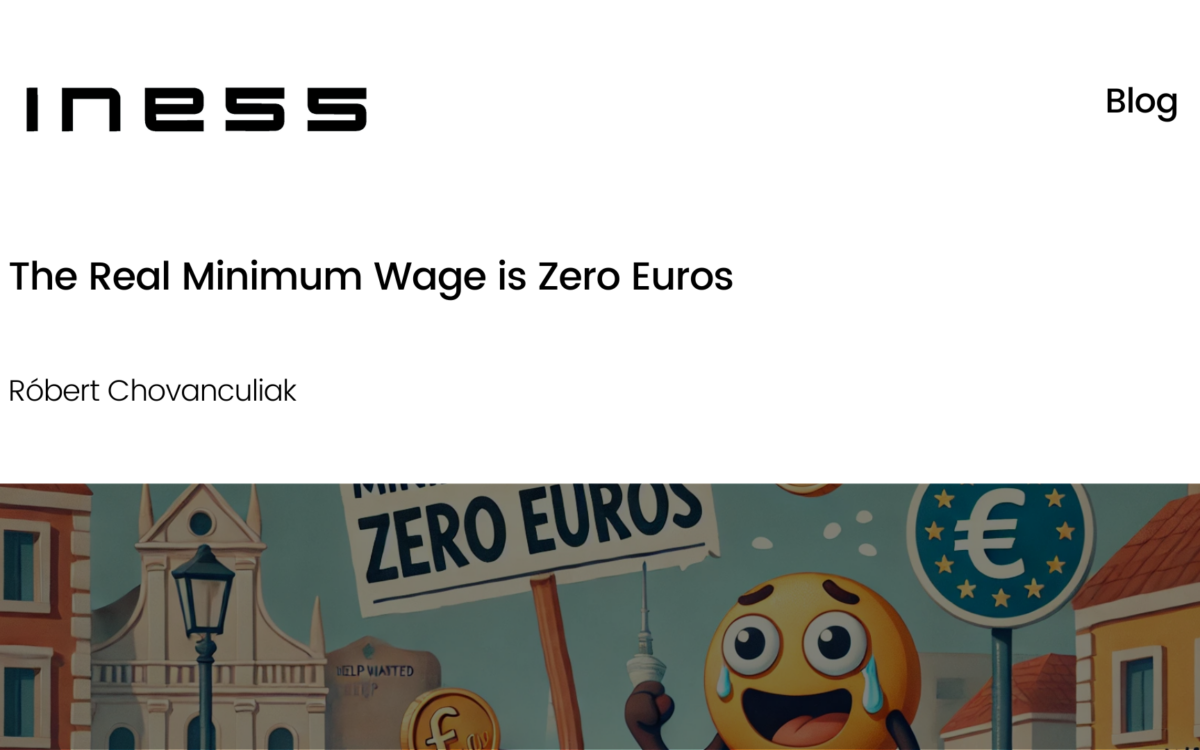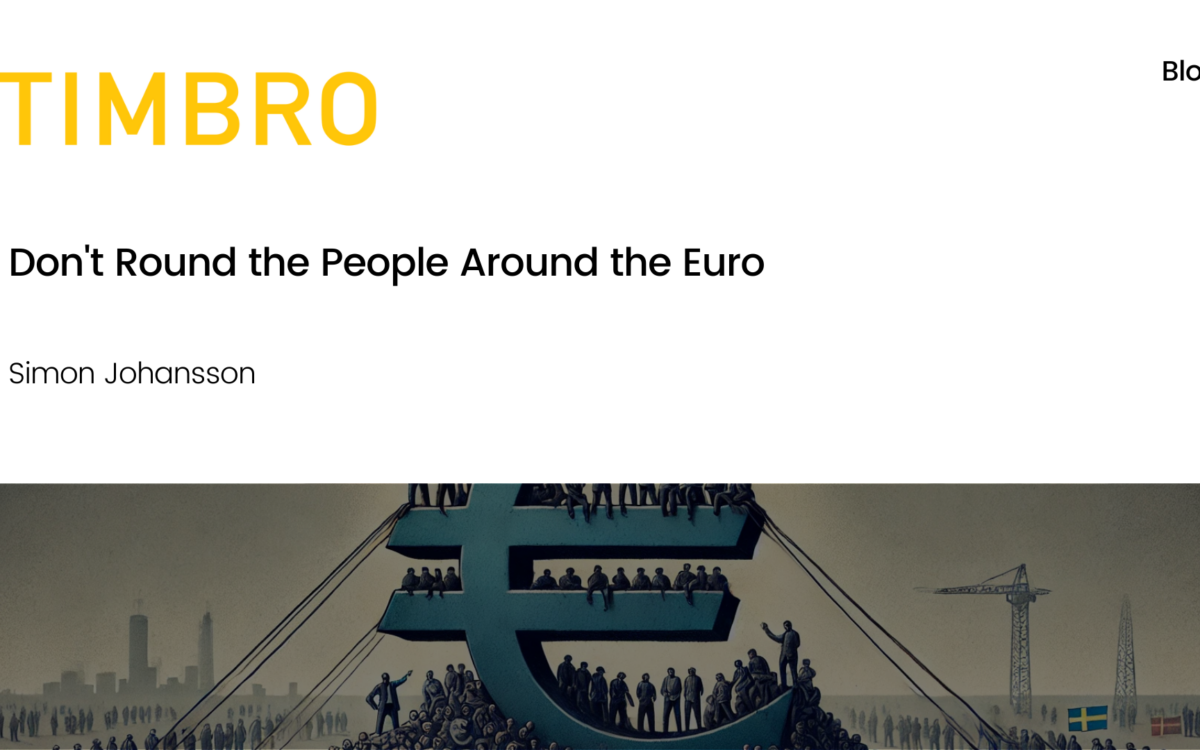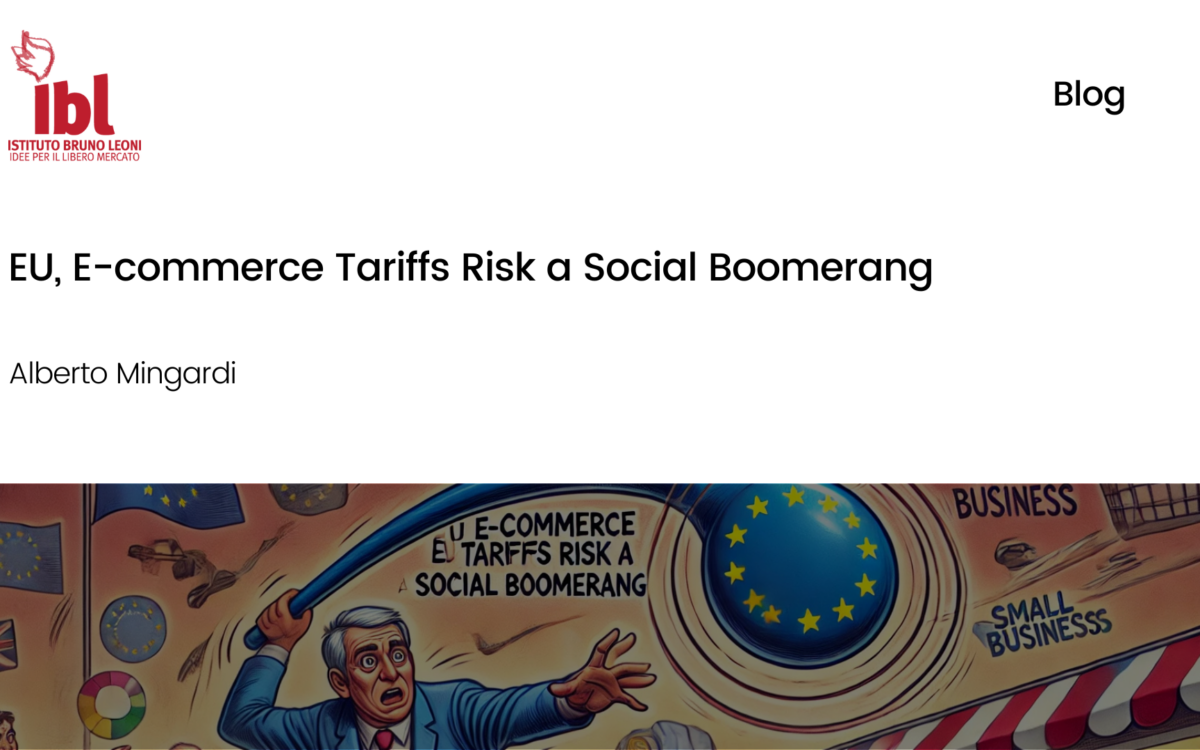Nord Stream 2 – What’s the Fuss All About?

Nord Stream 2 – What’s the Fuss All About?
Algirdas Brochard // 14 July 2017
Nord Stream 2, the project set to double gas pipeline capacity between Russia and Germany via the Baltic Sea by 2019, has recently divided European and member states’ politicians.
While Germany supports this endeavour, Croatia, the Czech Republic, Estonia, Hungary, Latvia, Lithuania, Poland, Slovakia and Romania wrote to Mr Juncker last year to express their concerns about the project.
At the European level, former Polish Prime Ministers Mr Tusk and Mr Buzek, now respectively president of the European Council and chair of the European Parliament Committee on Industry, Research and Energy Committee (ITRE) have also criticised the proposal. Instead of enhancing Europe’s energy security by increasing its base of suppliers, they fear that this new project will only increase Europe’s dependence on Russia.
The cooperation between Russia and Western Europe is deep and long lasting. Russia has supplied gas to Western Europe since 1968 and is today the EU’s top gas supplier, covering 40% of extra-EU imports. Despite tense political relations at times, Europe’s gas deliveries remained uninterrupted during the entire cold war. As Europe transitions to cleaner fuels to meet its emission reductions targets, European demand for gas is set to grow, at least in the short to medium term. The European Commission, however, has become wearier of its partner in recent years and this is due to a couple of reasons.
First, the European Commission, after a thorough investigation, has concluded in 2015 that Gazprom had abused its dominant position by pursuing “an unfair pricing policy in five Eastern member states (Bulgaria, Estonia, Latvia, Lithuania and Poland), charging prices to wholesalers that are significantly higher compared to Gazprom’s costs or to benchmark prices”. Until recently, Russia was the sole exporter of gas to four of these five countries.
The second reason is that recent disruption of supplies to new EU member states has damaged Russia’s reputation as a reliable partner. Indeed, Russian gas deliveries to Europe were interrupted through Belarus in 2004 and 2010 and through Ukraine in 2006 and 2009. As Russian gas going to the Baltic States and Poland must transit through Belarus and Russian gas to the Czech Republic, Slovakia and Bulgaria must transit through Ukraine, supplies to these countries are disrupted when a conflict with the transit states arises.
Cooperation between Russia and Europe is set to continue in the future, not least because both parties are locked into long-term contracts. Gazprom, however, has made it clear that it wants to significantly reduce the amount of gas transiting through Ukraine in the future. The new Nord Stream 2 is actually planned to enter service in 2019, year in which Gazprom has to renegotiate the transit fees for European gas transiting through Ukraine. As of today, 43% of the gas supplied to the EU transits through Ukraine, 28% transit through the Nord Stream and 26% transit through Belarus.
To give European countries access to an increasingly diverse set of suppliers, the European Commission has funded a number of infrastructure projects to complete the internal gas market and increase the number of Liquefied Natural Gas (LNG) terminals. LNG, because it has been liquefied, can be transported by boats instead of pipelines. LNG-regasification plants are then needed to transform the gas, ready for it to be injected into the gas grid. 27 LNG terminals were operational across the EU in 2016 with more than a dozen expansions or new terminals now under construction. The LNG capacity is set to increase further in Europe as more than 40 expansions or new terminals are planned.
Because large volumes of LNG can be transported over long distances, the LNG market provides Europe with the opportunity to vastly expand its base of suppliers. Furthermore, the LNG market is currently the fastest growing energy market in the world. The top three LNG exporters next year are predicted to be Qatar, Australia and the US, which only started to export natural gas again only in 2016 after a 60 years interruption.
To conclude, Nord Stream 2 will not negatively impact Europe’s energy security and lock Europe with a dominant supplier because of other EU projects. Indeed, the interconnection of the European gas grid and the building of new LNG terminals will enable more EU countries to gain access to a broader set of suppliers, such as Qatar, Australia and the US. The impact of the Nord Stream 2 will be felt in Ukraine, which is expected to see the amount collected from transit fees decrease, but it will nevertheless benefit from having access to more gas suppliers through its connections to the European gas grid.
EPICENTER publications and contributions from our member think tanks are designed to promote the discussion of economic issues and the role of markets in solving economic and social problems. As with all EPICENTER publications, the views expressed here are those of the author and not EPICENTER or its member think tanks (which have no corporate view).



